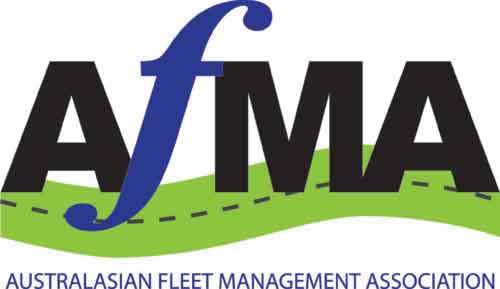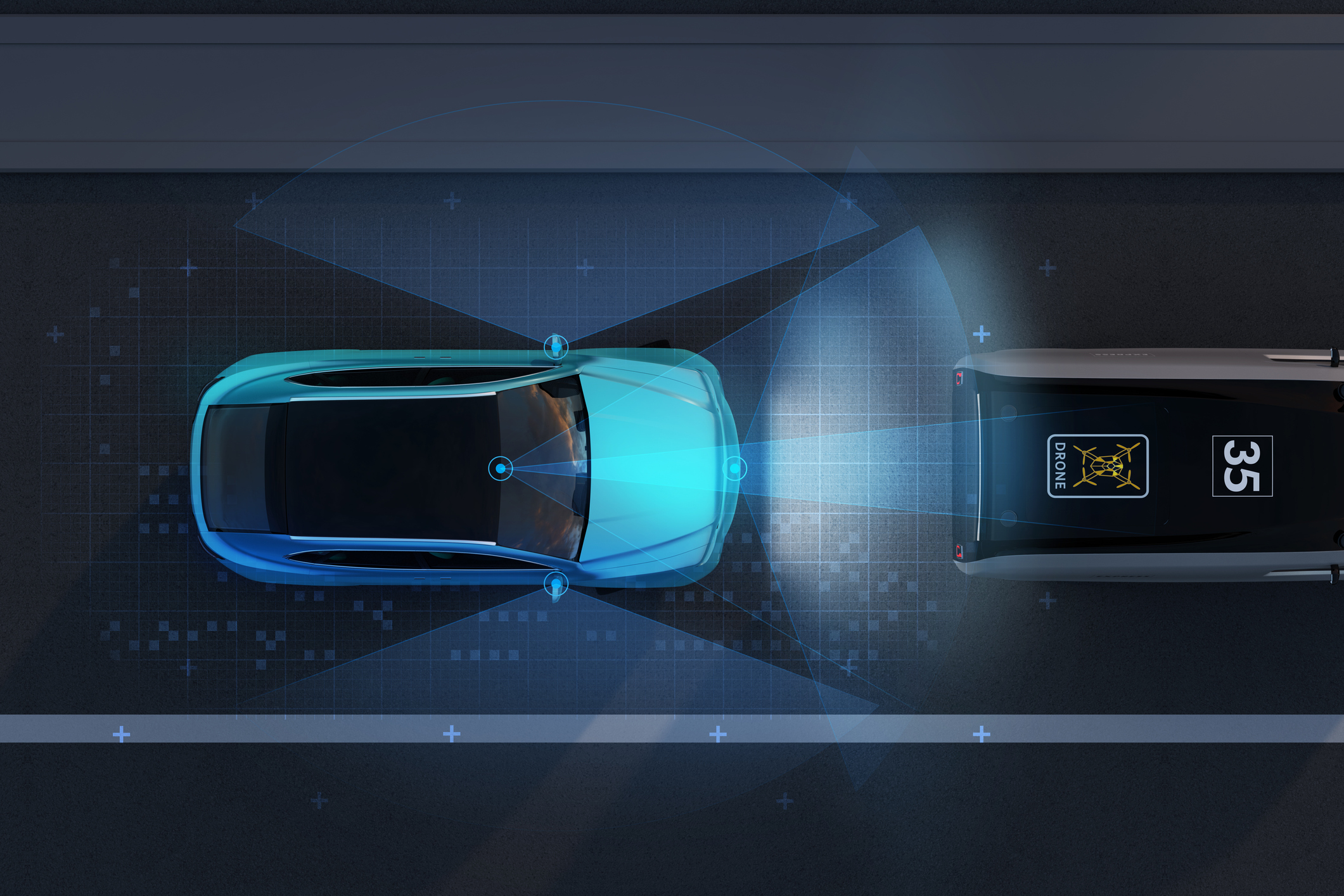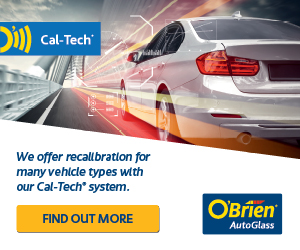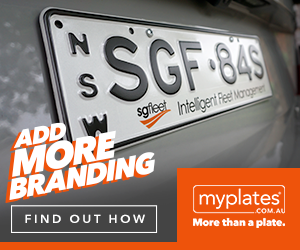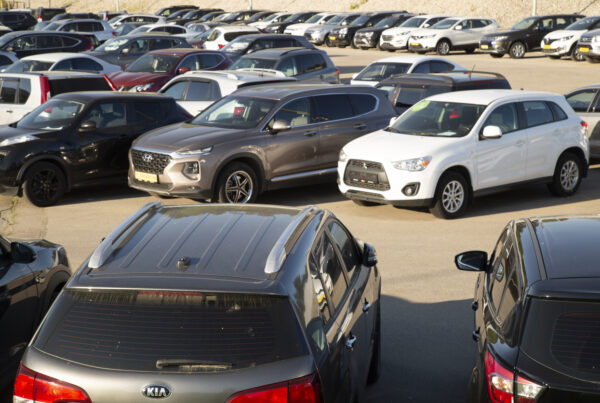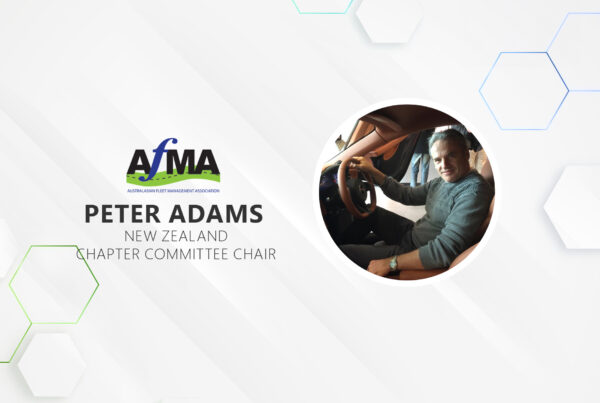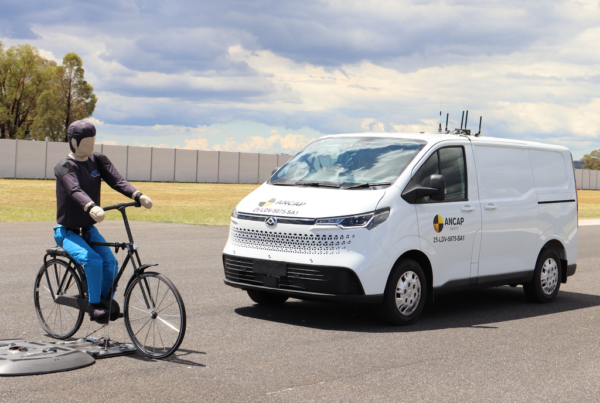Starting 1 March 2025, new vehicle safety regulations will come into effect in Australia under the Australian Design Rule (ADR) 98/00. This change will require all new vehicles to be fitted as standard with car-to-car Autonomous Emergency Braking (AEB) systems. This aims to improve road safety by automatically applying the brakes if a collision is imminent.
These changes are part of a wider effort to ensure that Australian vehicles are equipped with the latest safety technologies. It also intends to the country’s standards with international practices, particularly the United Nations Regulation No. 152.
This also follows a regulation change that took effect on 1 March 2023, which required all newly-introduced vehicles to include this potentially life-saving technology.
Affected Vehicles
The new ADR rules will affect many popular vehicles in Australia. Cars that don’t have and AEB system will no longer be sold once the new rules come into effect.
Some of the cars that will no longer be available include the petrol-powered Fiat 500 and Abarth models, as they don’t have the required AEB system. Certain LDV G10 and V80 models, as well as the Mahindra Pik-Up, will also be discontinued.
Popular vehicles like the Mitsubishi ASX, Eclipse Cross, and Pajero Sport will also be affected and will no longer be available after the rule change. Older Renault models like the Kangoo and Trafic, along with the Suzuki Baleno, Ignis, and S-Cross, will also be taken off the market.
The changes will also impact high-performance and luxury cars. Models like the Aston Martin DB11 and DBS, Lamborghini Aventador and Huracan, and some Porsche 718 versions will be discontinued.
These new rules aim to make cars safer by making sure all new vehicles have this important safety feature. While some well-known models will no longer be available, the goal is to reduce accidents and save lives on Australian roads.
A Welcome Change
In a statement back in 2021, ANCAP said that the upcoming ADR 98/00 is a welcome improvement for vehicle safety in Australia.
“ANCAP has been strongly encouraging the voluntary fitment of AEB technology across the Australian and New Zealand fleets through its national community awareness and advocacy activities since 2012, and more formally through its safety testing and star rating program since 2015,” they said.
“AEB has been shown to reduce police-reported crashes by 55 per cent, rear-end crashes by 40 per cent and vehicle occupant trauma by 28 per cent. These safety benefits are expected to improve further following the introduction of the ADR and evolution in the sophistication of AEB systems being encouraged through ANCAP’s safety rating criteria,”
“It is estimated that the implementation of ADR 98/00 and 98/01 will save 580 lives and avoid 20,400 serious and 73,340 minor injuries – net benefit of $1.9 billion,” ANCAP concluded.
Did you find this article interesting? Click the ‘heart’ button above to give it a ‘like’!
